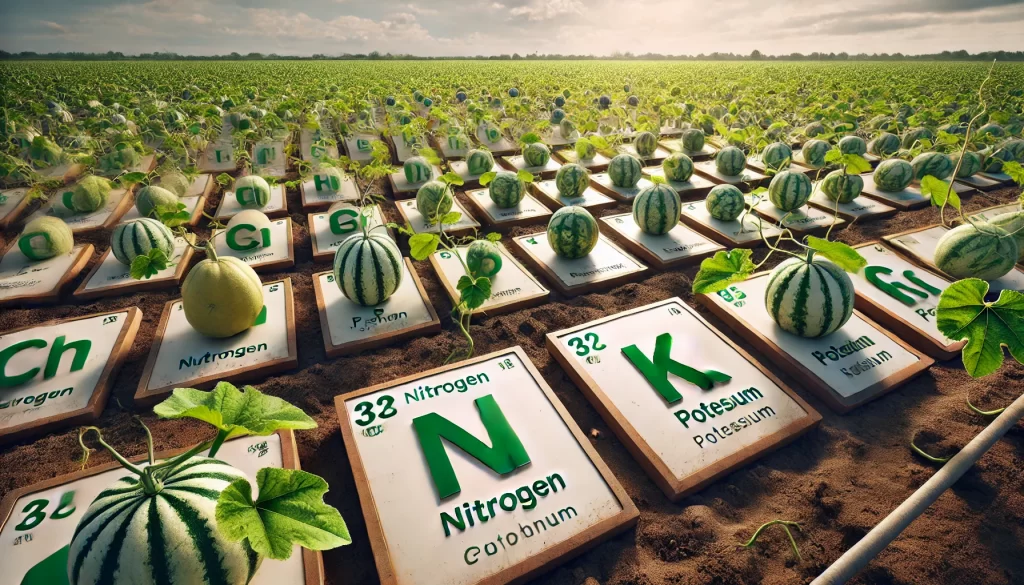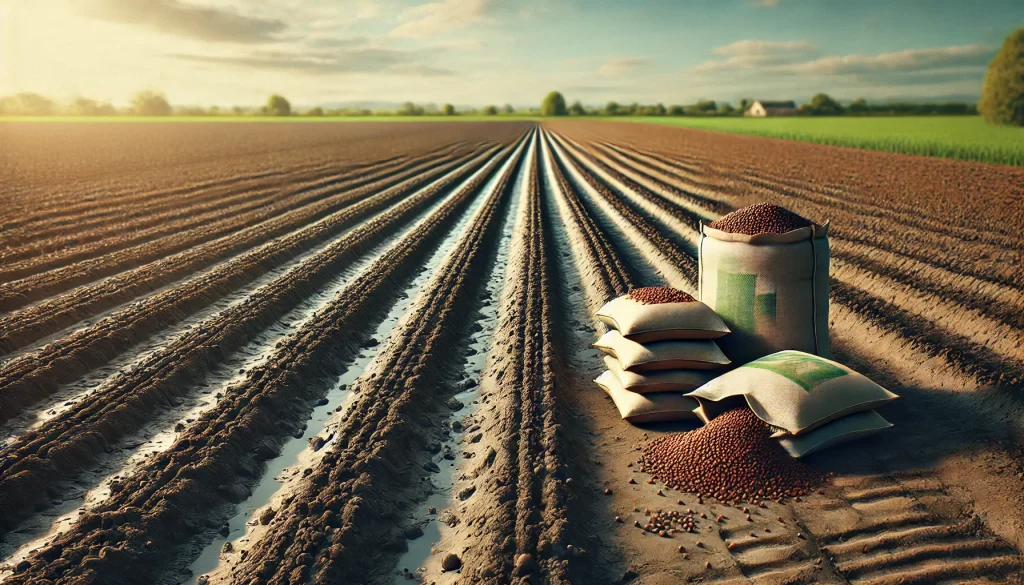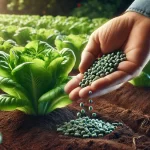A well-structured fertilization plan is essential for melon cultivation as it ensures the plants receive the necessary nutrients to maximize growth, quality, and yield. In this article, we explore the steps to design an efficient fertilization plan, considering soil analysis, fertilizer selection, application schedules, and advanced techniques to optimize melon nutrition.

Importance of a Fertilization Plan for Melon Cultivation
Proper fertilization improves soil structure, promotes nutrient absorption, prevents deficiencies, and contributes to the overall health of the plants. A well-designed plan reduces costs and environmental impact by avoiding over-fertilization and nutrient leaching.
Soil Analysis and Needs Assessment
Before designing a fertilization plan, it is crucial to conduct a soil analysis to determine the levels of macronutrients (N, P, K) and micronutrients, as well as the soil’s acidity and structure.
| Parameter | Recommendation | Goal |
|---|---|---|
| Soil pH | 6.0 – 6.5 | Maximize nutrient availability |
| Nitrogen (N) | Determine need based on crop | Promote vegetative growth |
| Phosphorus (P) | Evaluate reserves before flowering | Root development and flowering |
| Potassium (K) | Control during fruiting stage | Improve fruit quality and size |
| Micronutrients | Identify specific deficiencies | Prevent issues like chlorosis or necrosis |
Soil analysis provides a foundation to determine which nutrients need to be added and in what quantity.

Fertilizer Selection and Application Methods
Fertilizers can be organic, inorganic, or controlled-release. The choice depends on the soil analysis, availability, and crop objectives.
- Organic Fertilizers: Compost, manure, and green manures improve soil structure and release nutrients slowly.
- Inorganic Fertilizers: Provide nutrients quickly and specifically, useful in critical crop phases.
- Fertigation: Combination of irrigation and fertilization, especially effective with drip irrigation systems, allows uniform and controlled nutrient distribution.
| Fertilizer Type | Advantages | Considerations |
|---|---|---|
| Organic | Improves soil structure | Slower nutrient release |
| Inorganic | Quick nutrient availability | Risk of over-fertilization |
| Controlled-release | Nutrients in balanced doses | Higher initial cost |
Application Schedule
Designing a schedule involves adapting fertilization to different stages of melon growth:
- Pre-planting: Apply organic matter and base fertilizers rich in phosphorus and potassium for good root establishment.
- Vegetative growth: Fertilizers high in nitrogen to promote vigorous foliage.
- Flowering and fruiting: Reduce nitrogen and increase phosphorus and potassium to improve flower formation and fruit development.
- Post-harvest/soil preparation: Incorporate organic matter to restore nutrients and prepare the soil for the next cycle.

Advanced Fertilization Techniques
Fertigation and Nutrient Sensors
Integrating fertigation with moisture and nutrient sensors allows for real-time adjustment of fertilizer dosages, optimizing resource use and improving efficiency.
Foliar Analysis
Periodic foliar analysis helps detect nutritional deficiencies early, allowing for quick and specific corrections.
Conclusion
Designing an efficient fertilization plan for melon cultivation is a meticulous process that requires soil analysis, appropriate fertilizer selection, an application schedule tailored to growth phases, and the integration of advanced technologies. By following these steps, farmers can optimize yield, fruit quality, and the sustainability of the crop, ensuring a profitable and environmentally respectful production.
References
- Jones, J.B., Wolf, B., & Mills, H. (2012). Nutrient Management for Sustainable Melon Production. Agronomy Journal, 104(3), 567-576.
- Smith, D.L. (2016). “Precision Fertilization in Horticulture: Advances and Practices.” Journal of Agricultural Science, 154(2), 112-125.
- González, R.M., & Pérez, L. (2019). “Impacto de la Fertirrigación en el Cultivo de Melón.” Horticultural Water Management, 37(4), 201-214.
 AgronoBlog – Agriculture Blog
AgronoBlog – Agriculture Blog 


